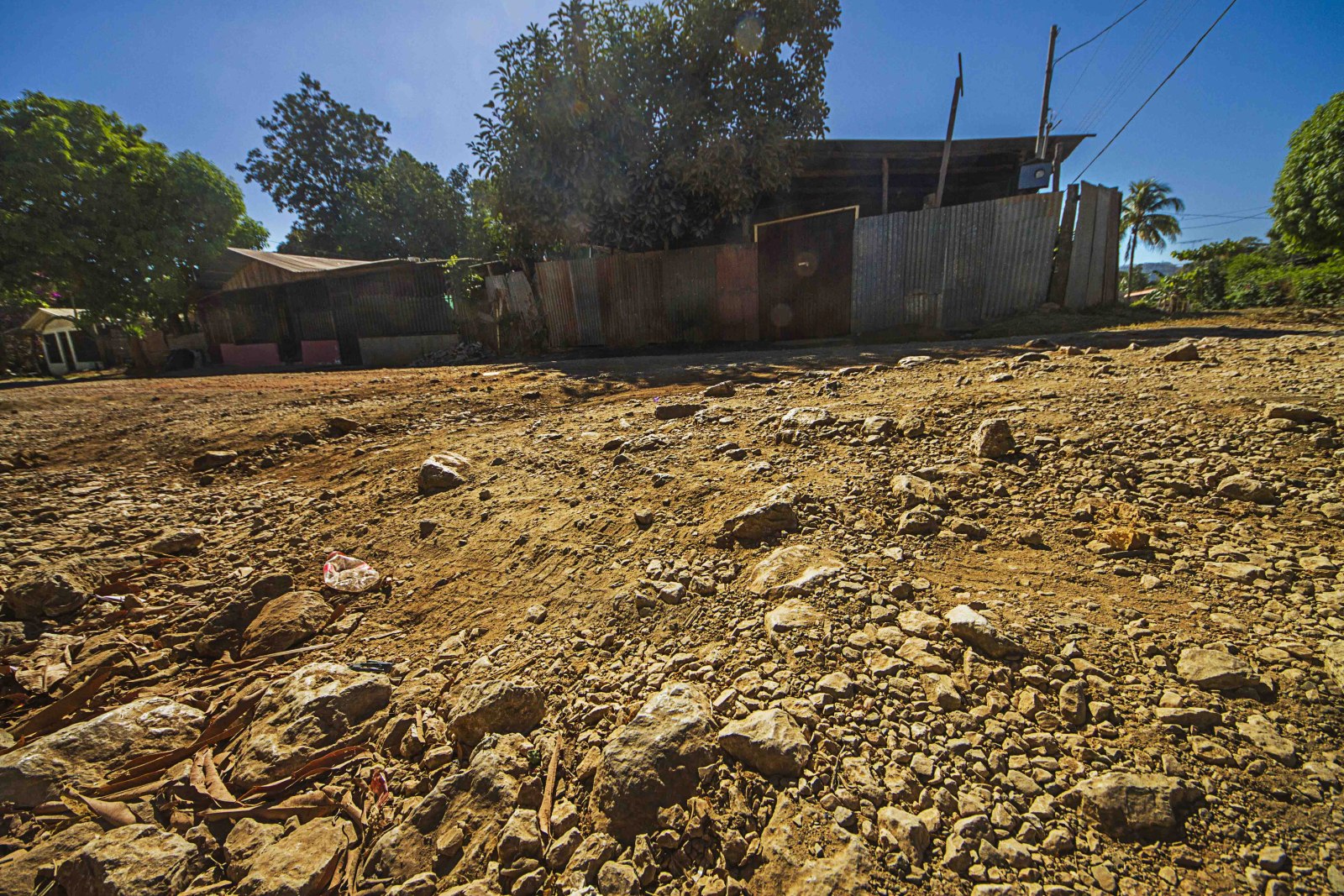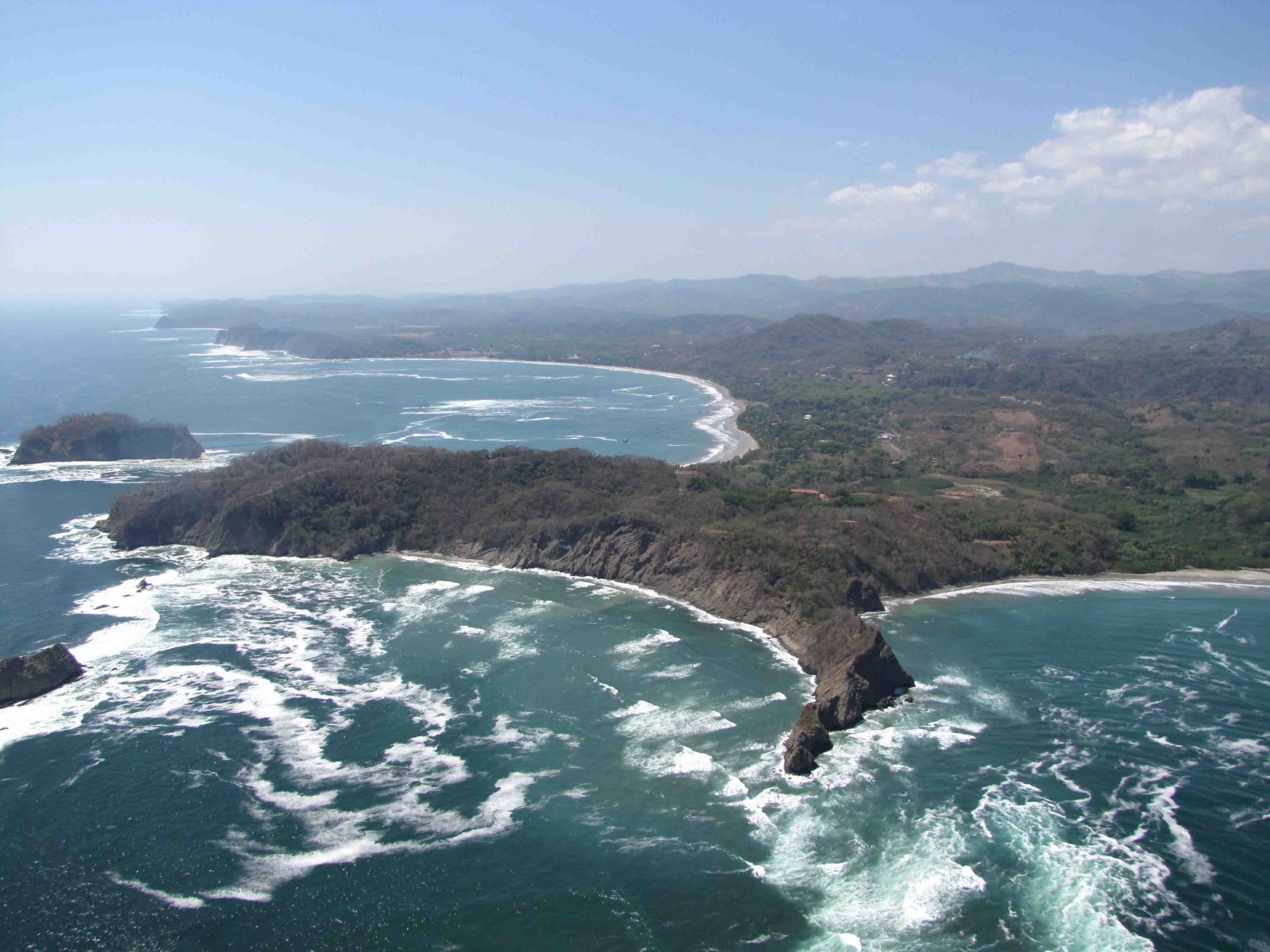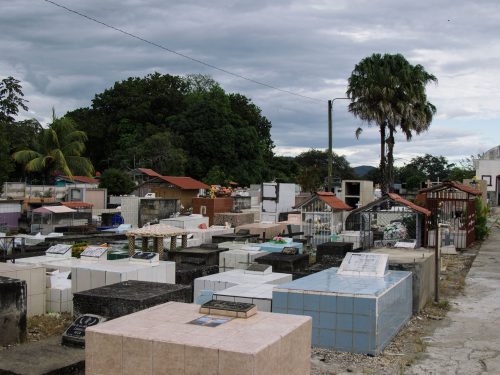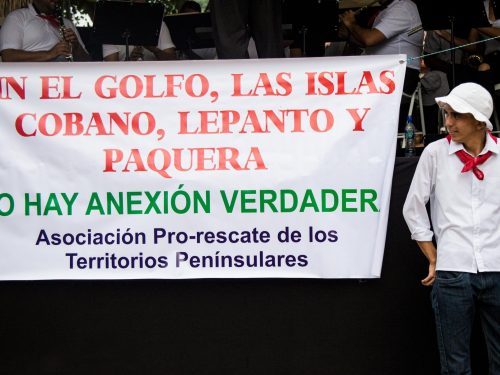
The lack of agreement between officials from Nicoya’s Municipality and the personnel of the regional office of the Ministry of Public Works and Transportation (MOPT – Ministerio de Obras Públicas y Transportes) has caused repeated tension and friction between the employees of both institutions.
This past January 16, vozdeguanacaste.com reported that the Nicoya’s Technical Unit of Roadway Management (UTGV – Unidad Técnica de Gestión Vial) allocated only 24% of its 2013 budget for the canton’s roads, and that for 2014, only 29% (₡135.411.180 or $270,000) will be invested in roadway projects.
The municipal mayor, Marco Jimenez, explained that the amount indicated had risen following the transfer of machinery and personnel from the municipality to the Roadways Unit.
“In 2013 we transferred personnel and municipal machinery that the unit operates. No official representing MOPT in the canton’s Roadways Board, which is to say [Victor Campos], representing Julio Viales, MOPT’s regional director, indicated at any moment that the procedure was badly done and obviously that wasn’t done, because the procedure of transferring machinery and personnel is one that is covered in article 5, point b of Law 8114. Everything has a justification,” assured Jimenez.
With regard to that, Julio Lopez, the engineer in charge of the UTGV, had explained to The Voice that, “We had to add truck drivers, one backhoe operator, a compactor operator, and a machinery manager, in addition to costs for gasoline, and administrative charges. And for all personnel there were added office costs which we didn’t have before.”
Julio Viales reacted, saying that “It should be 25% in administrative expenses and 75% in public works… I think that there’s poor administration, because funds from law 8114 that should be used for roads are being used to pay salaries. Nicoya can’t progress in this way.”
The mayor recognized that investing only 24% of the annual budget in roads “…isn’t ideal.” Regardless, he reiterated that, “What we did complies with norms, due to the fact that the municipal government budgets are authorized by the General Comptroller of the Republic and we have the endorsement of the Comptroller.”
Jimenez claims that Julio Viales never expressed concern regarding the UTGV’s actions: “Mr. Viales has never registered [in meeting minutes] a critique against what the canton’s Roadways Board has done – not with regard to the budget nor the administration.” He added that Viales is responsible for taking revenge against the municipal mayor and Nicoya, as he favors other municipalities.
“Julio Viales hasn’t fulfilled his duties to the Nicoya canton and hasn’t followed the agreements, including those already made, and he hasn’t established the necessary levels of coordination, but he has established them where he has direct interests tied to members of his family. For example, the municipality of Carrillo, where his wife works – there they fulfill [commitments],” said Jimenez.
For his part, Viales affirmed that Jimenez is assigning him the blame, “…because of bad municipal administration,” and that really, “Nicoya’s UTGV isn’t interested in resolving the issue of the canton’s roads,” adding that his wife no longer works in the Carrillo municipality.
Not mitigation, but asphalt
In addition, Jimenez stated that the dust mitigation along route 160 (between Samara and Nosara) done this past year by Julio Viales, “…was a waste of public money,” as in documents and meetings with MOPT officials, mitigation was never discussed but rather pavement.
In response, Viales recognized that at the beginning the project the plan involved pavement, for which CONAVI was going to give ₡500 million ($1,000,000) for the asphalt. Nonetheless, “CONAVI also had the problem of route 21, on the stretch from Nicoya to the entrance by Nambi, so that budget couldn’t be granted to 160 but only to (route) 21.”
Due to that, on December 18 Marco Jimenez requested that MOPT’s General Auditor complete a study of the work done on route 160 by personnel of the Guanacaste region.
3000 tons of discord
However, the problems between the municipality and MOPT are nothing new. On August 23, 2012, the MOPT’s regional office authorized the release of 500 tons of asphalt mix for the patching project in the streets of Barrio La Cananga, in Nicoya.
As of today (January 30), the asphalt has not been completely released, as the Municipality of Nicoya, despite making repeated attempts to complete the process to receive the asphalt, always receives a negative response from MOPT’s regional office, due to the lack of some required part of the documentation.
Violeta Angulo Rojas, in charge of processing all of the municipal requests in Guanacaste, explained that the documents presented by the Roadways Unit of Nicoya, “Continue to arrive with errors,” such as incomplete forms, documents without signatures, expired identity cards, undefined road dimensions, and including roads that originally weren’t in the documents.
Angulo said that in addition to these problems, another issue is that they travel to MOPT’s central office in San Jose to turn in requests only once per week for all of the municipalities in Guanacaste, as that step has to be done in person, which means that delivery times are increased.
In addition to the 500 tons that are being processed, the Minister of MOPT, Pedro Castro, ordered the donation of asphalt mix to all of the municipalities in Guanacaste on December 2, 2012. Nicoya was allocated 2500 tons of the mix, which the municipality still has not processed.
With regard to that, Steven Alfaro, a social promoter for the Nicoya Municipality, stated that they will first be processing the remainder of the 500 tons that were allocated for the patching, in order to then use 2500 tons for re-paving.







Comments